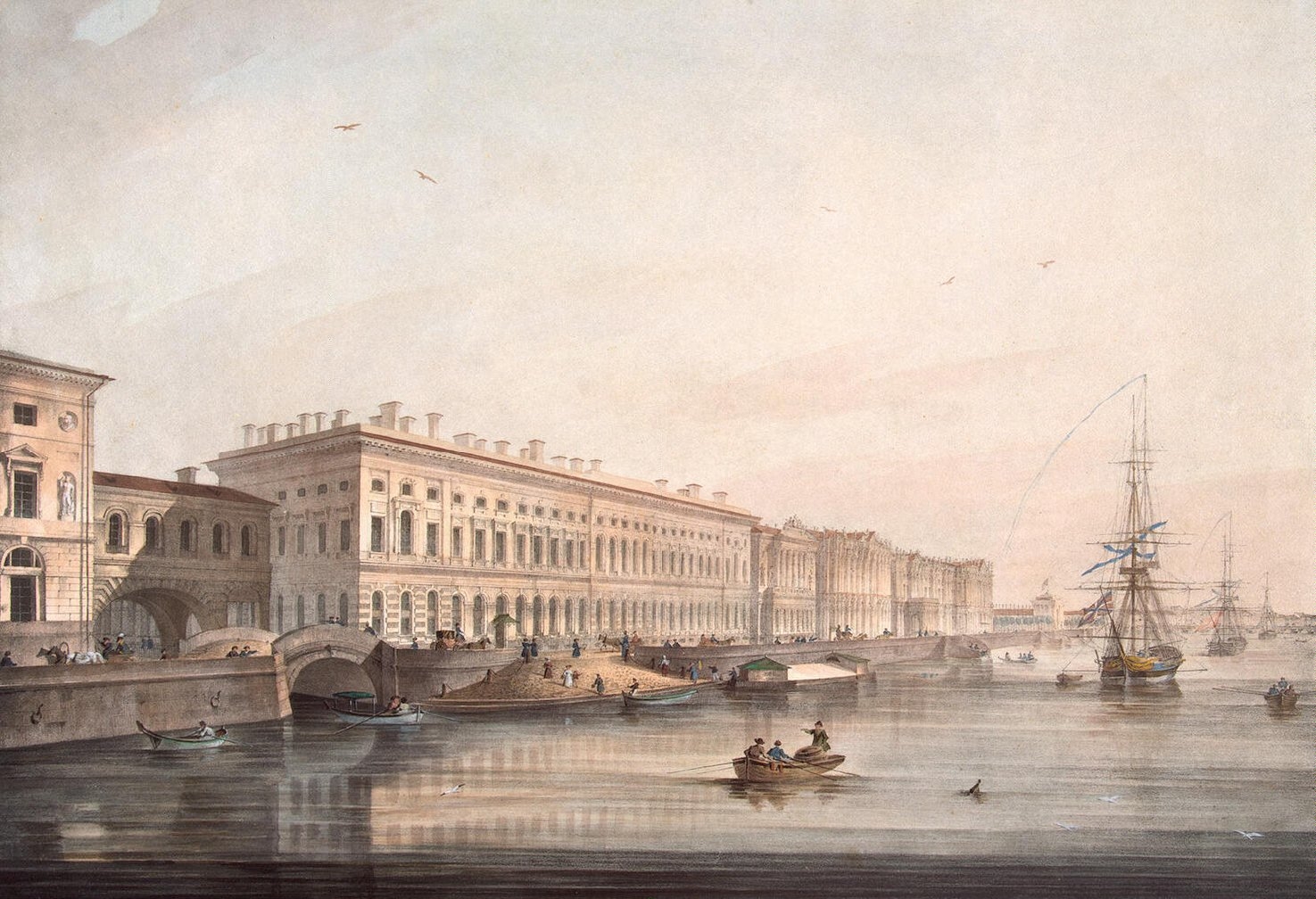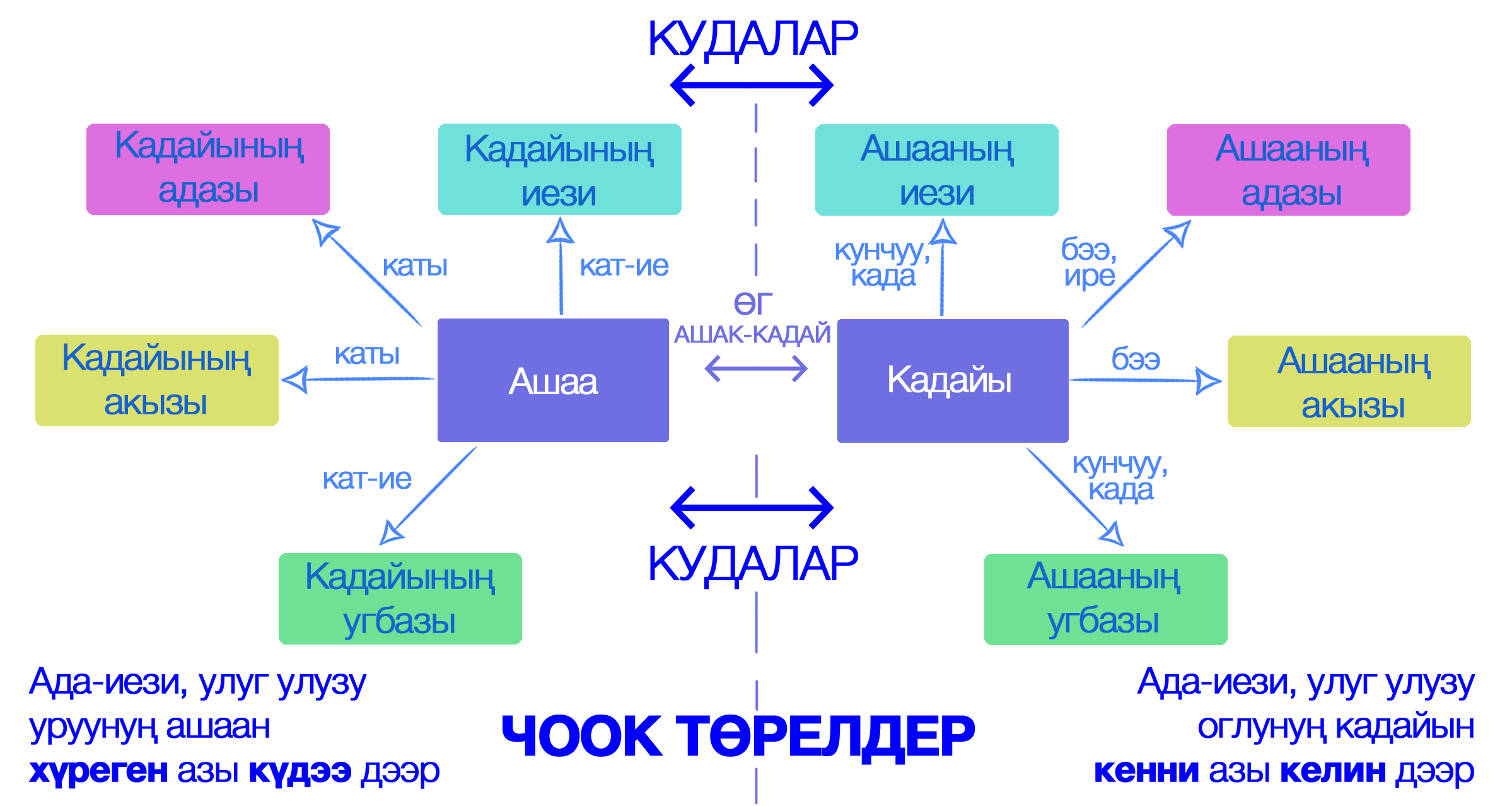|
Bolshoy Yenisei River
The Great Yenisei ( ''Bolshoy Yenisey''; ) is a river in the Republic of Tuva, the right source of the Yenisei, at its confluence with the Little Yenisei.Большой Енисей, Great Soviet Encyclopedia in 30 vols. / Ch. ed. A.M. Prokhorov - 3rd ed. - M, 1969-1978. The name of the river in the Tuvan language, ''Bii-Khem'', literally means . Course The length of the Great Yenisei is , its basin area is . The river is navigable for from the mouth. It flows out of Lake Kara-Balik. High water level of the river is due to the fact that the catchment area of the river includes the Todzha Basin, which relief forms a wide catchment area. The river receives numerous tributaries, the largest of them are right Toora-Khem, Khamsara, Systyg-Khem. The basin of the Bolshoy Yenisei is a mountainous region, which borders in the north and east are the administrative boundaries of Tuva with Buryatia, Irkutsk Oblast and Krasnoyarsk Krai. The river flows through the Tuva basin in its lower cou ... [...More Info...] [...Related Items...] OR: [Wikipedia] [Google] [Baidu] |
Little Yenisei
The Little Yenisei (, ; ; , ) is a river in northern Mongolia and in Tuva, Russia. At its confluence with the Great Yenisei in Kyzyl (Tuva), the Yenisei is formed. It is long, and has a drainage basin of . It rises as the Shishged Gol in the Darkhad Valley in northwestern Khövsgöl aimag in Mongolia. In the Darkhad Valley, it receives its tributaries Sharga and Tengis. It flows westward through the Ulaan Taiga Mountain range to Russia. There it is joined by the Busiyn-Gol, the Belin and the Balyktyg-Khem. Of its 563 km length, 298 are in Mongolia. A bridge has been erected near the center of the Renchinlkhümbe district. See also *List of rivers of Mongolia *List of rivers of Russia Russia can be divided into a European and an Asian part. The dividing line is generally considered to be the Ural Mountains. The European part is drained into the Arctic Ocean, Baltic Sea, Black Sea, and Caspian Sea. The Asian part is drained i ... Notes References G ... [...More Info...] [...Related Items...] OR: [Wikipedia] [Google] [Baidu] |
Buryatia
Buryatia, officially the Republic of Buryatia, is a republic of Russia located in the Russian Far East. Formerly part of the Siberian Federal District, it has been administered as part of the Far Eastern Federal District since 2018. To its north lie Irkutsk Oblast and Lake Baikal, the deepest lake in the world; Zabaykalsky Krai to the east; Tuva to the west and Mongolia to the south. Its capital is the city of Ulan-Ude. It has an area of with a population of 978,588 ( 2021 Census). It is home to the indigenous Buryats. Geography The republic is located in the south-central region of Siberia along the eastern shore of Lake Baikal. *Area: *Borders: **Internal: Irkutsk Oblast (W/NW/N), Zabaykalsky Krai (NE/E/SE/S), Tuva (W) **International: Mongolia ( Bulgan Province, Khövsgöl Province and Selenge Province) (S/SE) **Water: Lake Baikal (N) *Highest point: Mount Munku-Sardyk () Rivers Major rivers include: * Barguzin River * Irkut River * Kitoy River * Oka River * Sele ... [...More Info...] [...Related Items...] OR: [Wikipedia] [Google] [Baidu] |
List Of Rivers Of Russia
Russia can be divided into a European and an Asian part. The dividing line is generally considered to be the Ural Mountains. The European part is drained into the Arctic Ocean, Baltic Sea, Black Sea, and Caspian Sea. The Asian part is drained into the Arctic Ocean and the Pacific Ocean. Notable rivers of Russia in Europe are the Volga (which is the longest river in Europe), Pechora, Don, Kama, Oka and the Northern Dvina, while several other rivers originate in Russia but flow into other countries, such as the Dnieper (flowing through Russia, then Belarus and Ukraine and into the Black Sea) and the Western Dvina (flowing through Russia, then Belarus and Latvia into the Baltic Sea). In Asia, important rivers are the Ob, the Irtysh, the Yenisei, the Angara, the Lena, the Amur, the Yana, the Indigirka, and the Kolyma. In the list below, the rivers are grouped by the seas or oceans into which they flow. Rivers that flow into other rivers are ordered by the proximit ... [...More Info...] [...Related Items...] OR: [Wikipedia] [Google] [Baidu] |
Enisey
The Yenisey or Yenisei ( ; , ) is the fifth-longest river system in the world, and the largest to drain into the Arctic Ocean. Rising in Mungaragiyn-gol in Mongolia, it follows a northerly course through Lake Baikal and the Krasnoyarsk Dam before draining into the Yenisey Gulf in the Kara Sea. The Yenisey divides the Western Siberian Plain in the west from the Central Siberian Plateau to the east; it drains a large part of central Siberia. Its delta is formed between the Gyda Peninsula and the Taymyr Peninsula. It is the central one of three large Siberian rivers that flow into the Arctic Ocean (the other two being the Ob and the Lena). The maximum depth of the Yenisey is and the average depth is . Geography The Yenisey proper, from the confluence of its source rivers the Great Yenisey and Little Yenisey at Kyzyl to its mouth in the Kara Sea, is long. From the source of its tributary the Selenga, it is long. [...More Info...] [...Related Items...] OR: [Wikipedia] [Google] [Baidu] |
Azas Federal Reserve
Azas is a Communes of France, commune in the Haute-Garonne Departments of France, department in southwestern France. Population The inhabitants of the commune are known as Azassiens. See also *Communes of the Haute-Garonne department References Communes of Haute-Garonne {{Toulouse-geo-stub ... [...More Info...] [...Related Items...] OR: [Wikipedia] [Google] [Baidu] |
Todzha Lake
Todzha Lake, also known as Azas Lake (), is a lake in Tuva in Russia Russia, or the Russian Federation, is a country spanning Eastern Europe and North Asia. It is the list of countries and dependencies by area, largest country in the world, and extends across Time in Russia, eleven time zones, sharing Borders .... The lake has a surface area of . The Azas River flows into and the Toora-Khem River flows out of Todzha Lake. The lake freezes in early November and remains icebound until the second half of May. References Lakes of Tuva South Siberian Mountains {{Tuva-geo-stub ... [...More Info...] [...Related Items...] OR: [Wikipedia] [Google] [Baidu] |
Azas Plateau
Azas Plateau is a volcanic field in Russia. It is also known as East Tuva Plateau, Khamsara-Biykhem Plateau and Northeast Tuva Plateau. It covers a surface area of west of Lake Baikal. Volcanic activity in the area also occurred at the Oka Plateau and the Jom-Bolok volcanic field. The field is formed by a late Pliocene lava plateau. Several volcanoes formed under the influence of ice and are constructed by lava flows and hyaloclastite, these are so-called tuyas which form by eruptions of volcanoes into ice. Ice meltwater floods may have accompanied this activity. The youngest dated volcanic centre was active 48,000 ± 20,000 years ago, but some lava flows may be even younger. Geography The field is located in southern Siberia, between the East Sayan Mountains and the Todzha basin. There it covers a surface area of west of Lake Baikal, at an altitude of . Volcanic landforms include cones, lava fields, tuyas, and other volcanic structures including scoria cones, volcanic dy ... [...More Info...] [...Related Items...] OR: [Wikipedia] [Google] [Baidu] |
Krasnoyarsk Krai
Krasnoyarsk Krai (, ) is a federal subjects of Russia, federal subject (a krai) of Russia located in Siberia. Its administrative center is the types of inhabited localities in Russia, city of Krasnoyarsk, the second-largest city in Siberia after Novosibirsk. Comprising half of the Siberian Federal District, Krasnoyarsk Krai is the largest krai in Russia, the list of subdivisions of Russia by area, second-largest federal subject in the country after neighboring Sakha Republic, Sakha, and the list of the largest country subdivisions by area, third-largest country subdivision by area in the world. The krai covers an area of , constituting roughly 13% of Russia's total area. Krasnoyarsk Krai has a population of 2,856,971 as of the 2021 Russian census, 2021 census. Geography The krai lies in the middle of Siberia, and occupies nearly half of the Siberian Federal District, almost splitting it in half, stretching from the Sayan Mountains in the south along the Yenisei River to the Tay ... [...More Info...] [...Related Items...] OR: [Wikipedia] [Google] [Baidu] |
Irkutsk Oblast
Irkutsk Oblast (; ) is a federal subjects of Russia, federal subject of Russia (an oblast), located in southeastern Siberia in the basins of the Angara River, Angara, Lena River, Lena, and Nizhnyaya Tunguska Rivers. The administrative center is the types of inhabited localities in Russia, city of Irkutsk. It had a population of 2,370,102 at the Russian Census (2021), 2021 Census. Geography Irkutsk Oblast borders the Republic of Buryatia and the Tuva Republic in the south and southwest, which separate it from Khövsgöl Province, Mongolia; Krasnoyarsk Krai in the west; the Sakha Republic in the northeast; and Zabaykalsky Krai in the east. Lake Baikal, the oldest and deepest lake in the world (containing over a fifth of Earth's fresh liquid surface water), is located in the southeast of the region. It is drained by the Angara River, Angara, which flows north across the province; the outflow rate is controlled by the Irkutsk Dam. The two other major dams on the Irkutsk Oblast's ... [...More Info...] [...Related Items...] OR: [Wikipedia] [Google] [Baidu] |
Tuva
Tuva (; ) or Tyva (; ), officially the Republic of Tyva,; , is a Republics of Russia, republic of Russia. Tuva lies at the geographical center of Asia, in southern Siberia. The republic borders the Federal subjects of Russia, federal subjects of the Altai Republic, Buryatia, Irkutsk Oblast, Khakassia, and Krasnoyarsk Krai, and shares an international border with Mongolia to the south. Tuva has a population of 336,651 (Russian Census (2021), 2021 census). Its capital city is Kyzyl, in which more than a third of the population reside. Historically part of Outer Mongolia as Tannu Uriankhai during the Qing dynasty, the last imperial dynasty of China, Tuva broke away in 1911 as the Uryankhay Republic following the 1911 Revolution, Xinhai Revolution, which created the Republic of China (1912–1949), Republic of China. It became a Uryankhay Krai, Russian protectorate in 1914 and was replaced by the nominally independent Tuvan People's Republic in 1921 (known officially as Tannu ... [...More Info...] [...Related Items...] OR: [Wikipedia] [Google] [Baidu] |
Tuvan Language
Tuvan, also spelt Tyvan, is a Turkic language spoken in the Republic of Tuva in South Central Siberia, Russia. There are small groups of Tuvans that speak distinct dialects of Tuvan in China and Mongolia. History The earliest record of Tuvan is from the early 19th century by ''Wūlǐyǎsūtái zhìlüè'' (), Julius Klaproth 1823, Matthias Castrén 1857, Nikolay Katanov, Vasily Radlov, etc. The name Tuva goes back as early as the publication of ''The Secret History of the Mongols''. The Tuva (as they refer to themselves) have historically been referred to as Soyons, Soyots or Uriankhais. Classification Tuvan (also spelled Tyvan) is linguistically classified as a Sayan Turkic language. Its closest relative is the moribund Tofa. Tuvan, as spoken in Tuva, is principally divided into four dialect groups; Western, Central, Northeastern, Southeastern. * Central: forms the basis of the literary language and includes Ovyur and Bii-Khem subdialects. The geographical c ... [...More Info...] [...Related Items...] OR: [Wikipedia] [Google] [Baidu] |





